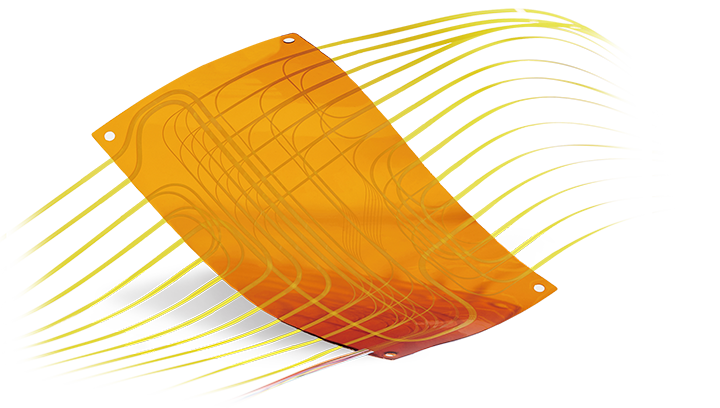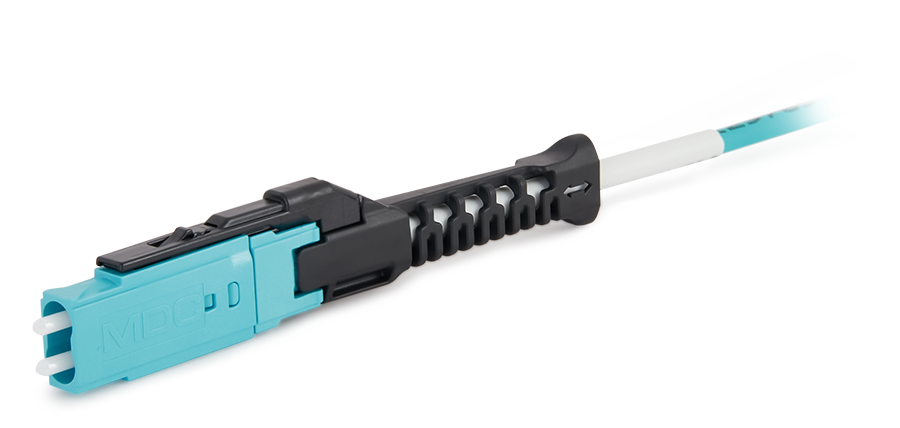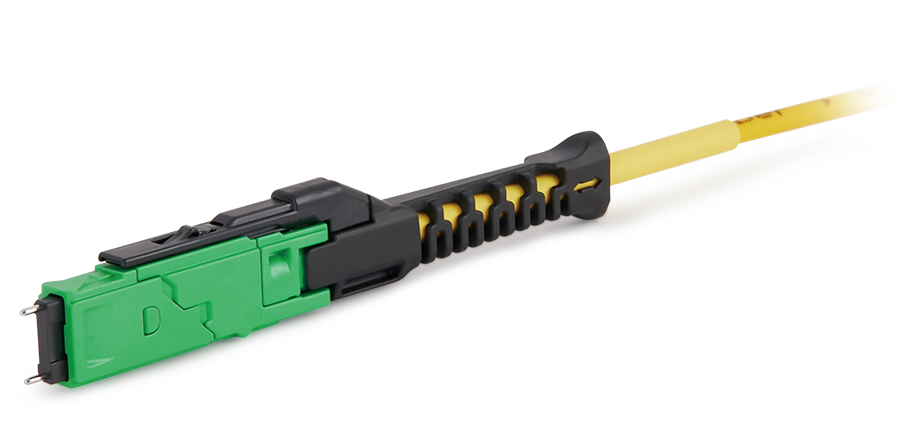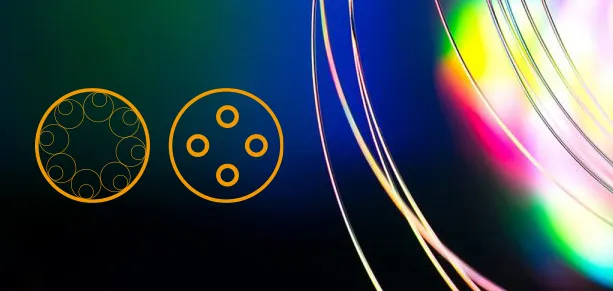The traditional optical fiber connection is to assemble different optical fiber connectors according to a certain length of bare optical fibers, and process them into jumper wires in the factory. This process includes a series of complex technological processes such as threading parts, fiber ferrule assembly, ferrule injection, colloid curing, fiber cutting, degumming, rough grinding, intermediate grinding, fine grinding, and polishing.
In optical communication, it is often necessary to temporarily connect bare fibers and optical fiber equipment, and it is often too late to make jumper wires at the wiring site. Optical fiber fusion is a method, but it requires a fusion splicer and can only solve the connection of two optical fibers, but cannot solve the problem of connecting bare fibers to optical fiber equipment interfaces. The use of bare fiber adapters can be used directly for the connection and coupling of bare fibers with other optical devices.
Ⅰ. What is a bare fiber adapter?
A bare fiber optic adapter is a medium for connecting bare fibers to fiber optic equipment. One side of the adapter is used to connect bare fibers, and the other side is a fiber connector.
Bare fiber optic adapters are mainly used to test bare fiber patch cords and pigtails without end face treatment. The bare fiber can be directly connected to standard FC, SC, ST and LC to detect the loss during connection. The bare optical fiber can be inserted into the bare optical fiber optic adapter through simple processing, such as peeling off the coating layer and cutting the end face. The bare optical fiber can be used as a temporary connector with optical fiber connector for testing and temporary connection of optical fiber devices or systems, making it easy to operate.
Another advantage of bare fiber optic adapters is that they can be recycled, which is convenient and cost-effective. Especially suitable for connecting to optical power meters, optical time domain reflectometry OTDRs and various other instruments, for emergency connection in some field wiring emergencies, and for in-situ functional testing without the need for additional permanent connectors. For technicians and contractors, it will make fiber testing and network maintenance easier, faster and more efficient.
Ⅱ. Applications of fiber adapters
1. Temporarily connect the exposed fiber;
2. Test bare fibers, fibers on reels, and fibers before and after installation;
3. Production line of 5g optical fiber equipment;
4. For quick and temporary fiber optic connections in communication systems;
Ⅲ. How to use bare fiber adapters?
1. Stripping fiber
Use optical fiber strippers to strip the coating layer of the optical fiber. The length is usually 15~20mm. Reserve the length according to the actual situation of the bare optical fiber adapter used, and then clean the optical fiber with alcohol or dust-free paper.
2. Insert the bare fiber into the bare fiber adapter
Press and hold a spring-loaded button on the bare fiber optic adapter, press down the switch, and slowly push the fiber along the guide hole until the ceramic ferrule protrudes by about 3-5mm, and release the switch to allow the fiber to be positioned. Check the condition of the fiber end face and readjust the fiber if necessary.
3. Lightly scratch the bottom of part of the optical fiber with an optical fiber scribing pen, break the fiber, and the operation is completed.
The connector of the bare fiber adapter is docked with the connector end through the adapter, and the optical parameter test can be performed. If the test parameters are very poor, check that the fiber front end is well cut, cut it again, and test. The bare fiber components that pass the parametric test can be used or spliced into the system.

 Fiber Optic Flex Circuit (FOFC)
Advanced Simulation & Optimization, High Positioning Accuracy, Flexible Customization, Rigorous Reliability Testing
Fiber Optic Flex Circuit (FOFC)
Advanced Simulation & Optimization, High Positioning Accuracy, Flexible Customization, Rigorous Reliability Testing MDC Solution
US Conec's MDC connector is a Very Small Form Factor (VSFF) duplex optical connector, expertly designed for terminating single-mode and multimode fiber cables with diameters up to 2.0mm.
MDC Solution
US Conec's MDC connector is a Very Small Form Factor (VSFF) duplex optical connector, expertly designed for terminating single-mode and multimode fiber cables with diameters up to 2.0mm. MMC Solution
US Conec's Very Small Form Factor (VSFF) multi-fiber optical connector that redefines high-density connectivity with its cutting-edge TMT ferrule technology and intuitive Direct-Conec™ push-pull boot design.
MMC Solution
US Conec's Very Small Form Factor (VSFF) multi-fiber optical connector that redefines high-density connectivity with its cutting-edge TMT ferrule technology and intuitive Direct-Conec™ push-pull boot design. EN
EN
 jp
jp  fr
fr  es
es  it
it  ru
ru  pt
pt  ar
ar  el
el  nl
nl 



_and_High-Reflection_(HR)_Optical_Coatings.webp)
